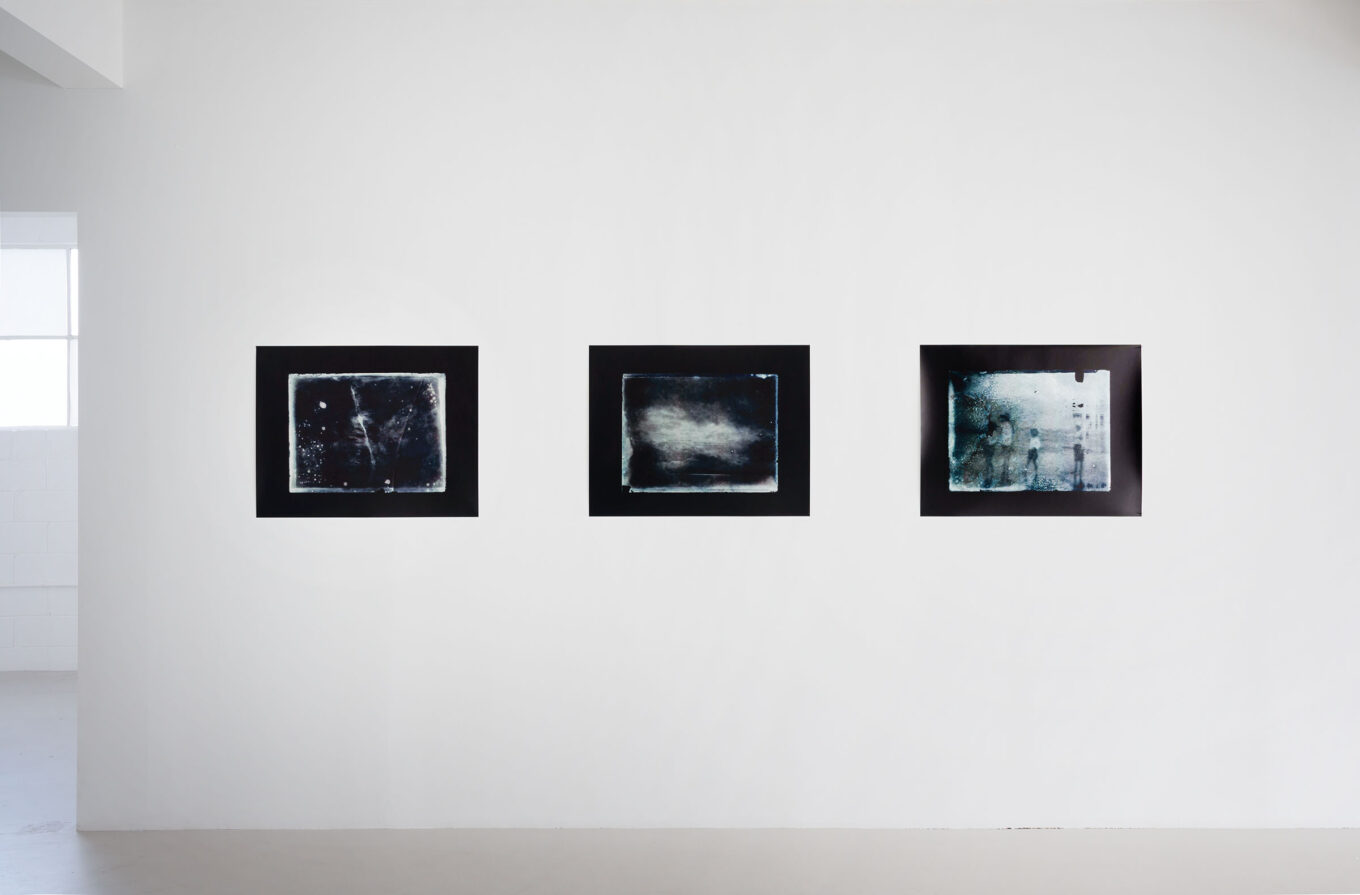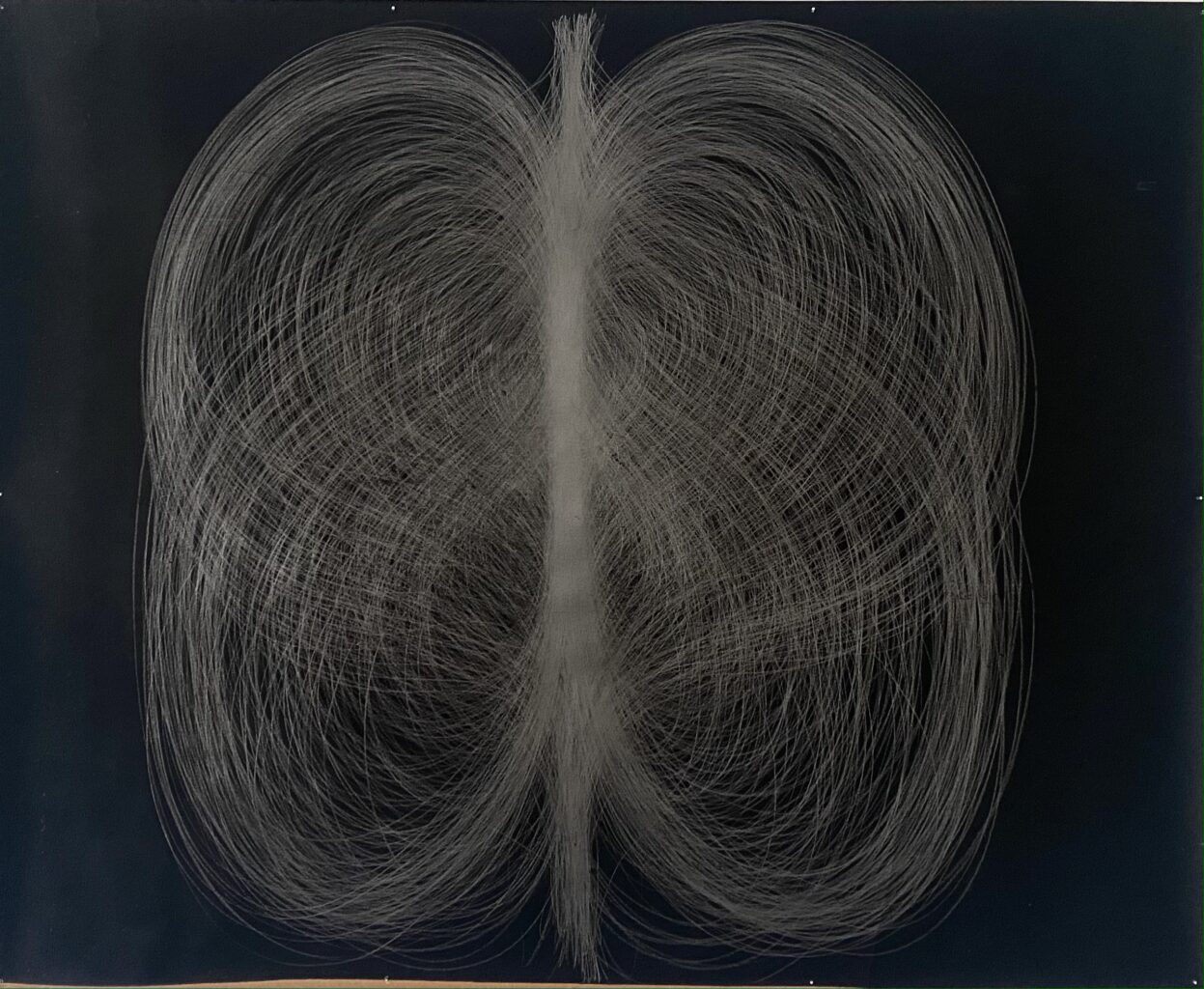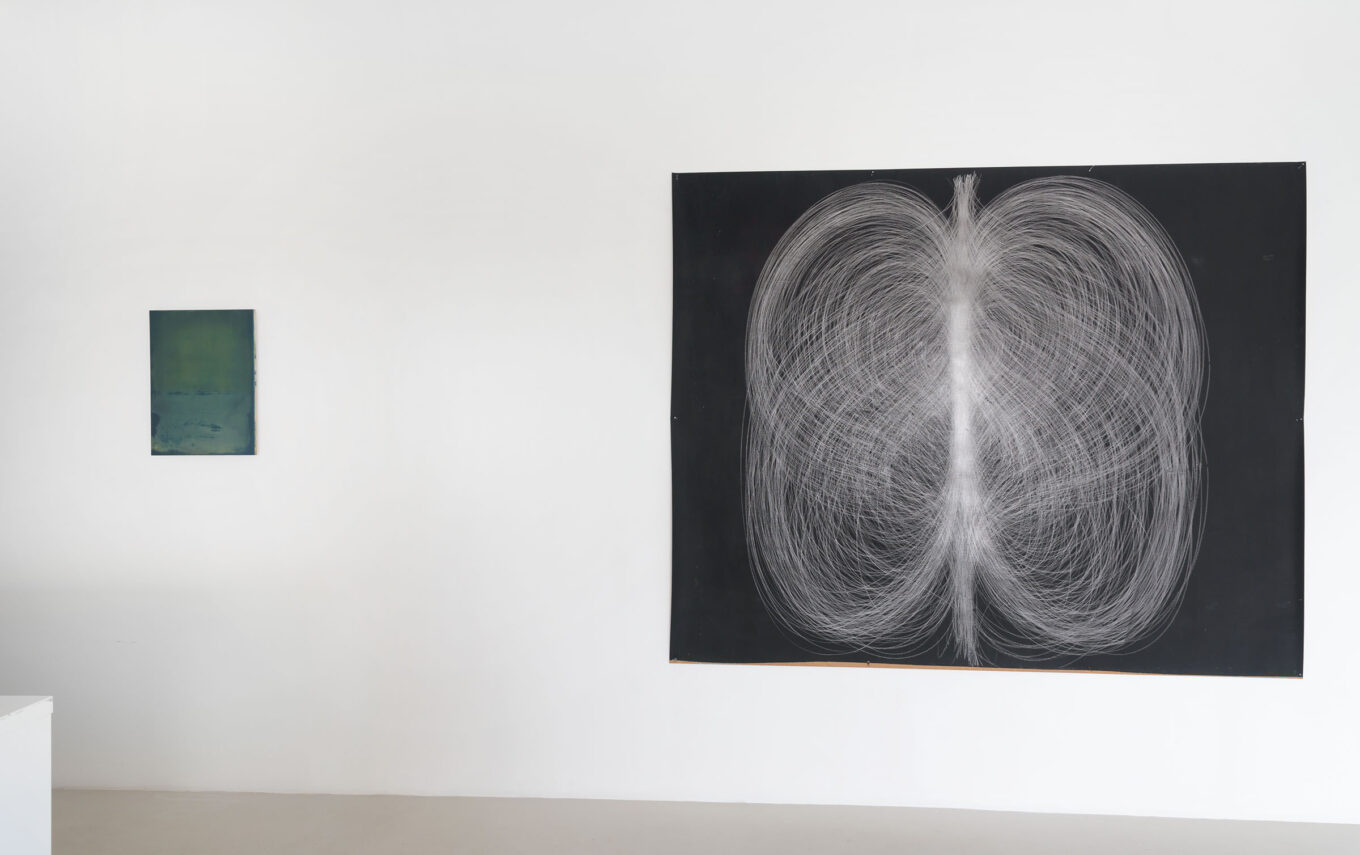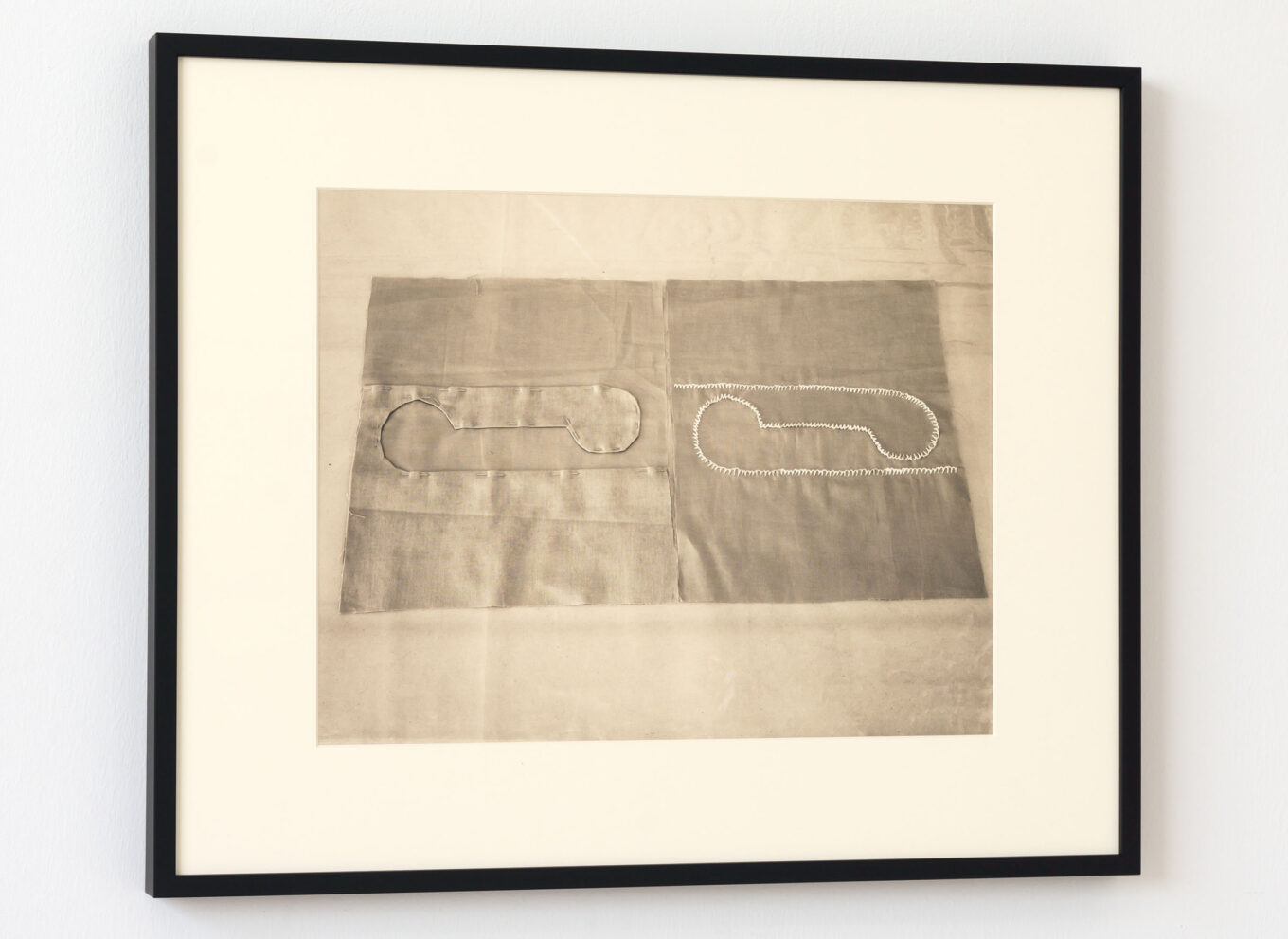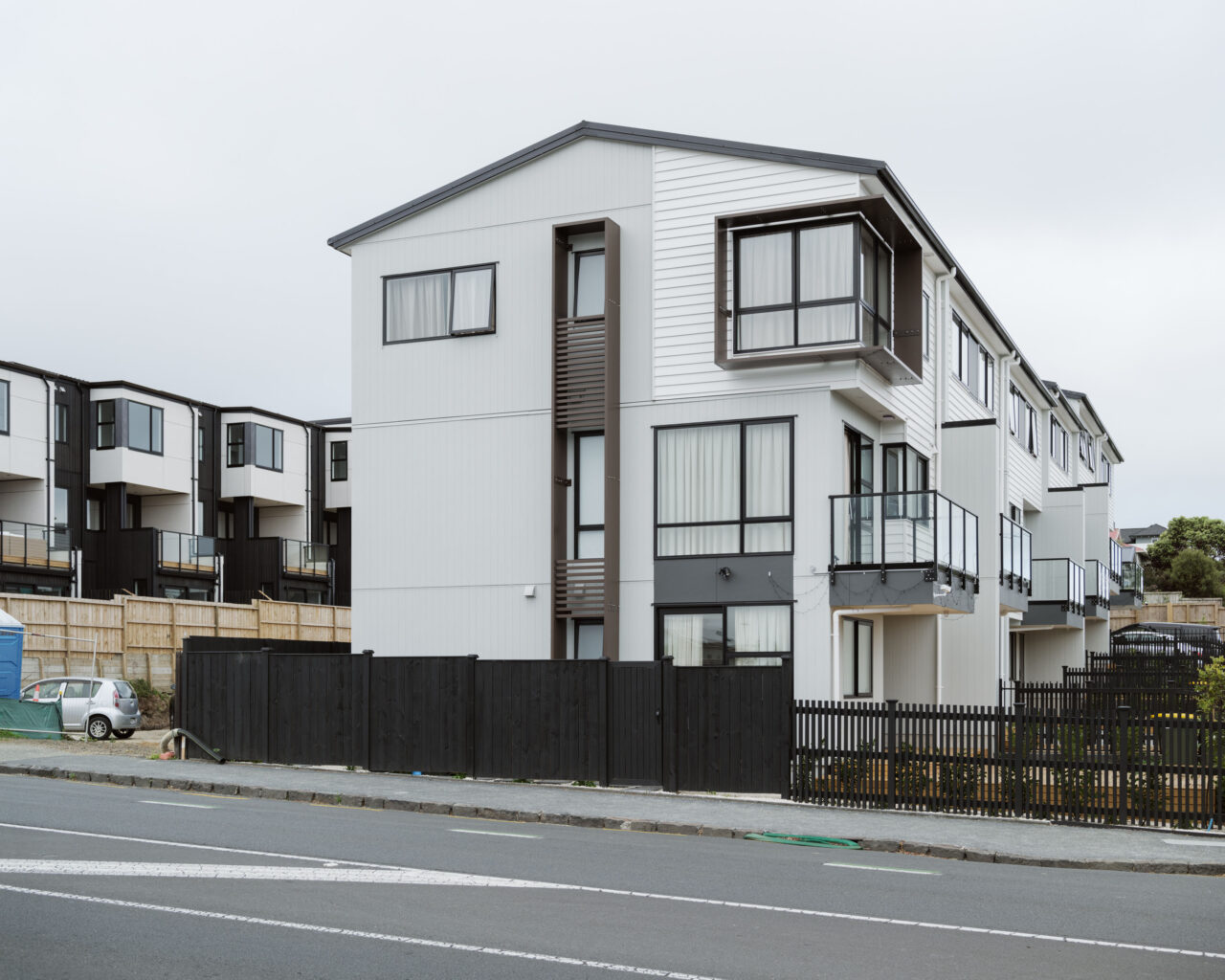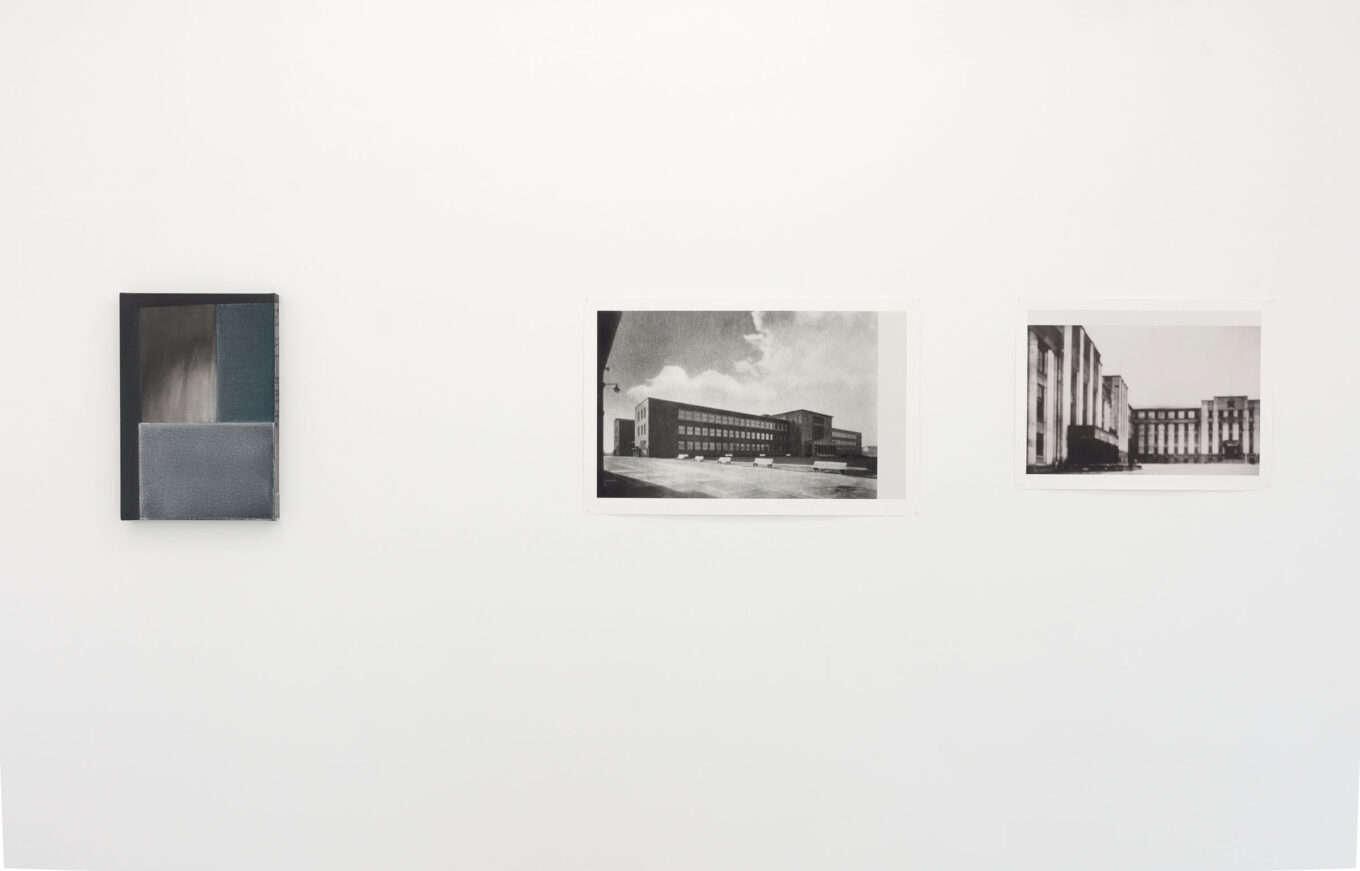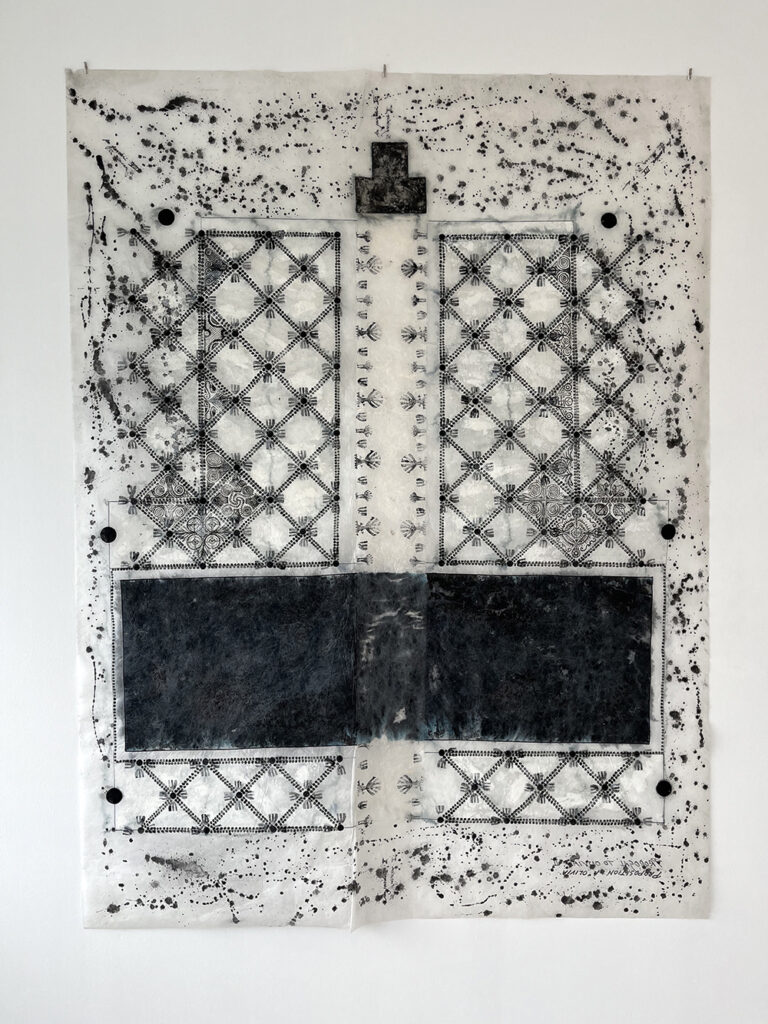Trish Clark Gallery is pleased to present MONOCHROME[S], which traces the monochromatic sensibilities of nine of this country’s noted artists, coalescing as an exhibition of expansive and dynamic artistic practice. Working across a range of media: video, photography, painting, and sculpture, this curated selection of satisfying and perhaps unexpected works, newly made to vintage, speak to a singularity of focus on the power of a limited palette, testifying to the enduring allure of working within the constraints of a singular tone.
Evolving from Stella Brennan’s significant body of work Thread Between Darkness and Light, included in her 2023 survey exhibition Ancestor Technologies at City Gallery Wellington Te Whare Toi and later installed at the heart of The XX Factor 3.0, Brennan now presents ten of those images as domestic-scaled lustrous monochromatic prints on silvered photographic paper. Brennan, a Walters Prize Finalist in 2006, has exhibited across Australia, Asia, North America, Europe and New Zealand and has been awarded Residencies including at Apex Arts in New York City, and Artspace in Sydney.
Veteran artist Marie Shannon mines the domestic field, staging or carefully constructing her photographs to render narrative truths or create artefacts that amplify the poetic resonance of the single object, while sometimes investigating the creative process by employing the artworks of others. Included here are works derived from pondering Gordon Walter’s emblematic koru paintings, and, after cataloguing the archive of her late partner, artist Julian Dashper, utilising the material in text-based video works and related photographs. Shannon has exhibited widely in New Zealand, New York and Australia; notably she represented New Zealand in Australia’s Asia Pacific Triennale in 1996, and in 2017 her survey exhibition, Rooms found only in the home, was developed by Dunedin Public Art Gallery, touring nationally, though the Australian leg in 2020 at Sydney’s MCA was unfortunately cancelled due to Covid.
Also included is one of Phil Dadson’s acclaimed 1980’s full-body performance of the large graphite drawings: Sound/track / Groundplans series, 1986. A very large graphite drawing on heavyweight paper, the performative piece was created in one session with sweeping, rhythmic forms to the full extent of each arm’s reach – the work renders visible the connection between rhythm, body, time and space. Dadson is a seminal figure in New Zealand’s art history, both for pushing the boundaries of sound and intermedia art since the 70s with the internationally renowned From Scratch, the subject of two survey exhibitions in 2018; and for his own long and diverse practice and his influence on a generation of leading mid-career artists.
Also vintage are Julia Morison’s enigmatic works, five of the total ten in the series O’Livia’s Garden, from 1992. Always pushing formal and conceptual boundaries and challenging conventions and dominant trends, Morison has been consistent in the investigation and testing of existing systems of ordering and systematising form and content – from Euclidian geometry, the legacies of constructivism and formal abstraction, through to interrogation and re-imagining of alchemy, number symbolism and the Jewish mystical tradition called Kabbalah. This same approach is evident in the current exhibition Julia Morison: Ode to Hilma at City Gallery Wellington Te Whare Toi. She has exhibited widely throughout New Zealand and internationally, her work the subject of important museum exhibitions and twice included in the Sydney Biennale. Morison was appointed a New Zealand Arts Foundation Laureate in 2005 and an Officer of the Order of New Zealand, Order of Merit (ONZM) in 2018.
Seven new paintings by Brendon Leung are included; his potently affecting contemplative paintings appear pared back, but are frequently composed of hundreds of layers. Leung concentrates on ideas of imperfection and impermanence, drawing out the atmospheric qualities of his materials. Since graduating with his Masters of Visual Arts in 2020, Leung has been included in a number of group and solo exhibitions and was awarded the Karekare House Artist Residency in 2022.
A Master’s graduate of the UK’s Royal College of Art, Galia Amsel’s sophistication and courage in mastering, at scale, the inherently unstable properties of glass resulted in a prolific exhibition history in the United States, UK, and Europe, with works in numerous internationally significant collections, including London’s Victoria & Albert Museum and New York’s Corning Museum of Glass. Still exhibiting regularly internationally while now based in New Zealand, her museum exhibitions include an important solo show in 2004 at Museo de Arte an Vidrio de Alcorcon, Madrid, Spain, and inclusion in the prestigious invitational Coburg Prize for Contemporary Glass, awarded only three times since 1977. Amsel’s abiding interest in structural and architectural tension finds playful expression in the three reductive bird forms included here.
Kazu Nakagawa is noted for the creation of enigmatic worlds in miniature in various materials while also for imbuing large-scale projects with an almost mystical presence. In Nakagawa’s hands, materiality becomes imprecise and absence matters, his works embracing the Japanese concept of ‘ma’ – the space between, the distance between, the room between or around things. Nakagawa has had survey exhibitions at Te Tuhi and The Dowse Art Museum and his Waiheke Library commission was awarded the Overall Supreme Award + Commercial Architectural Excellence Award in 2015.
Works from Jennifer French’s Dream City suite, 2004, deliver the disarming fluidity of French’s handling of time, intuition and the nature of perception. The grand scale of her blown up, blown out images of selected architectural entities become dream-like, strangely more emotion than physicality, somehow evoking a sense of shared recognition while being at once unknown yet nostalgic. French has carved a niche for herself as New Zealand’s leading specialist photographer of art, documenting New Zealand projects in Venice Biennales and as Gallery Photographer at Auckland Art Gallery Toi o Tamaki. Her episodic art practice sits removed from her professional activity, and she has exhibited widely throughout New Zealand.
Chris Corson-Scott, noted for his large-scale colour photography included in numerous museum exhibitions, and photographic exhibitions in New Zealand, Switzerland and China, presents here for the first time a suite of de-coloured works. Devoid of colour not by material process, Corson-Scott captures in large scale montages the real-life greyed monochrome of the proliferation of current residential buildings of no architectural merit that contribute to this country’s shocking housing crisis while purporting to avert it. As always, his photographs ask us to pay attention to the future of human occupation of our planet.


